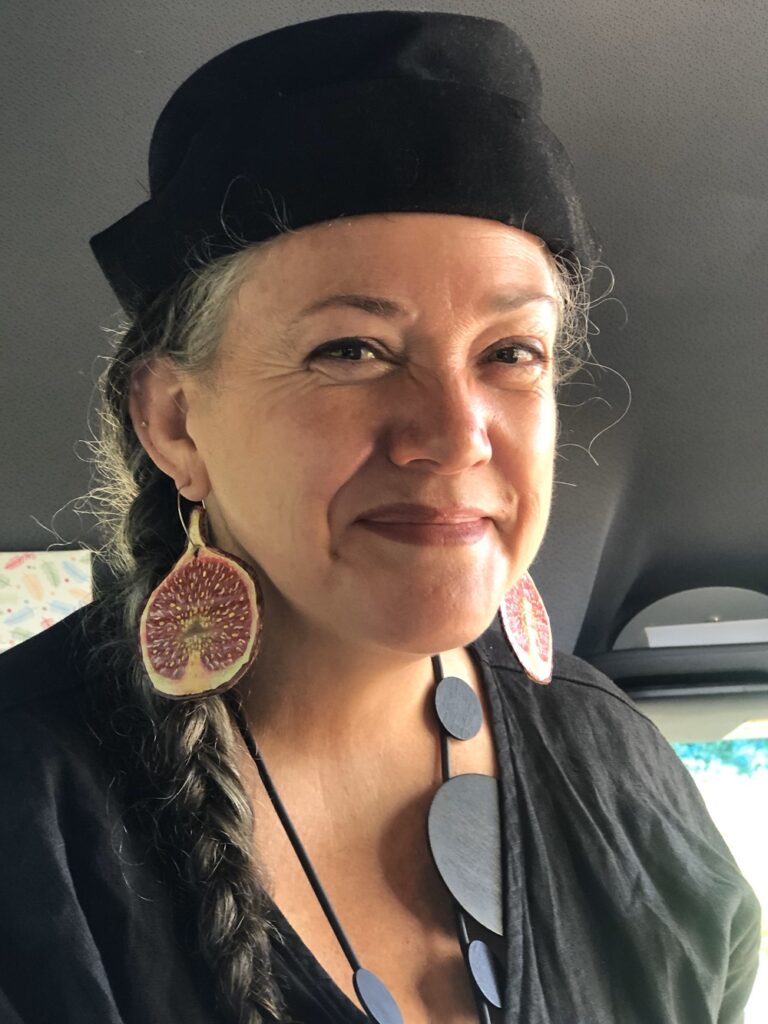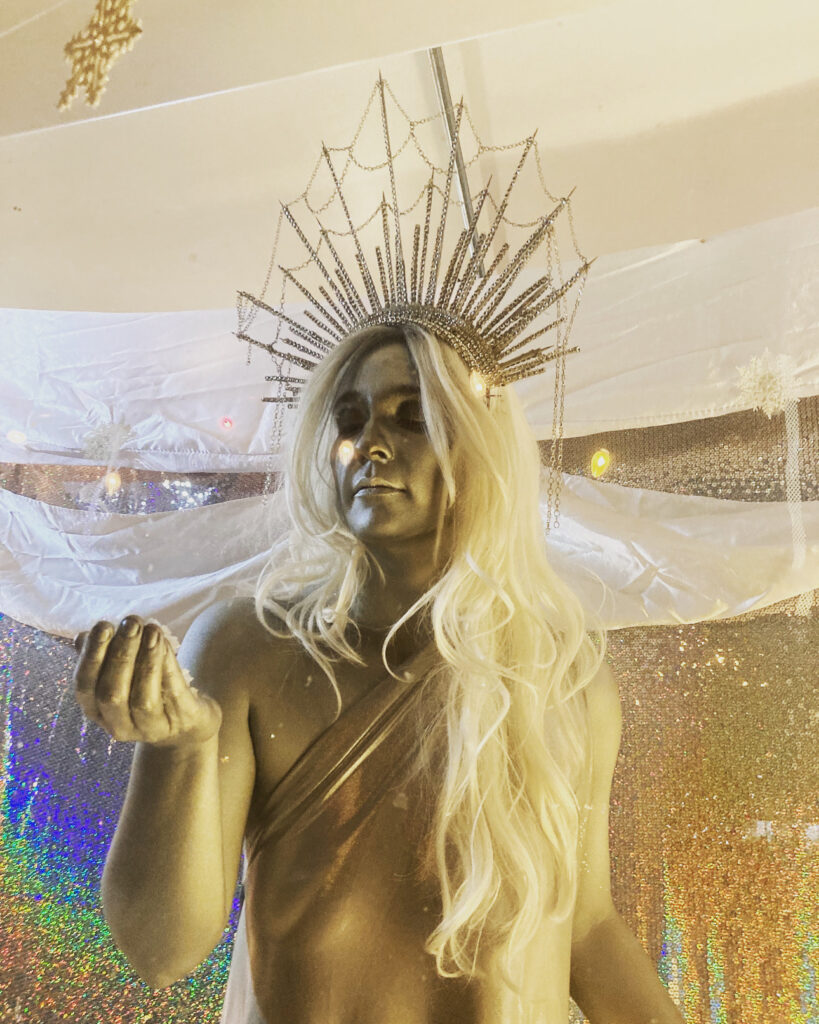The Experience Artist
An Interview with Arts Organizer Spring Maxfield, Founder and Executive Director of Santa Rosa Urban Arts Partnership

Spring Maxfield is all about creating community-driven arts and cultural programs. She’s been a key player in Maker Faires in the Bay Area and New York and cofounded the popular Great Handcar Regatta in Santa Rosa from 2008-2011. She’s active on various arts committees, supporting artists, businesses, and community groups, and holds degrees in Art History, Art Practice, and Museum Studies. When she’s not working on arts projects, you’ll find her in the garden at her urban homestead with her husband, artist Todd Barricklow, and their two daughters.
Made Local Magazine: You’re well known for having cofounded the Great Handcar Regatta, which was an enormous success. What do you think contributed to its popularity, and what lessons did you take away from organizing such a large-scale event?
Spring Maxfield: I think people were really ready for a free arts-immersive event. At the time, there weren’t a lot of offerings in Santa Rosa. There were so many people that I met after moving to Santa Rosa that were doing amazing things and there was nowhere for engagement. Many of these people didn’t know each other, all creating away in their studios. We wanted people to bring what they loved and contribute to the party. It was pretty obvious that we were there to have fun and invite folks to the potluck of creativity and expression.
My takeaways from organizing the Regatta? Maybe being profit driven isn’t so bad when trying to create something that should be sustainable. Okay, not “profit driven” so to speak, but “break-even” driven would have worked wonders. I produced the Regatta while working a paying job, having a five-year-old and a newborn, and going to grad school in San Francisco. It took 10 years to recover from the burn-out. Now, I’m letting myself be more vulnerable and honest about my capabilities and find that I have so much more support than I could have asked for.
MLM: What role do arts festivals, like your current project, WinterBlast, play in fostering creative expression and innovation?
SM: Trying, failing, and trying again to eventually succeed is so much easier with community support. Fostering creative expression and innovation are secondary to what I think is even more important—feeling part of something larger than yourself and being part of a community. When we feel supported and accountable to each other, we are much more likely to feel comfortable in creative expression and less timid in trying for some kind of innovation. Having events that are free to the public encourages folks from all walks of life to feel welcome and become part of the party, not just on the periphery. WinterBlast has been going on for 20 years, and I am so honored to steer the ship forward these last few years.

MLM: How does collaboration with local artists and creative businesses shape the projects you lead or support?
SM: I feel like partnerships of any kind only enhance our benefits, productivity, and outreach exponentially. My favorite saying this year is “a rising tide floats all boats.” I want to see people succeed at their passions.
MLM: How has your background in art history, art practice, and museum studies influenced your approach to curating and managing arts programming?
SM: I love my education in the arts, I would have loved to become a career student (is that a job?). Going to grad school was helpful because it gave me the ability to be a better tool for my community—how to work with organizations and how to be an organization.
MLM: You balance a busy career with family life on your urban homestead. How does your home life influence your work in the arts, and vice versa?
SM: I tend to have 1,000 ideas and then I will hyperfocus on one or two. The skill I’m learning is how to actually stick with one of those ideas to completion before I go chasing the next shiny thing. One thing I’ve noticed is the busier I am, the more effective I am. Nothing gets done if I don’t have 12 deadlines coming up. I have never made a more delicious and complicated dinner for the family than when I have something due the next morning. I guess I should just say there is no balance. It’s all or nothing with me.
MLM: What are your hopes for the future of the arts in Sonoma County and Northern California, and what role do you see the Santa Rosa Urban Arts Partnership playing in that future?
SM: I’m so proud of Sonoma County for recognizing the arts as an economic driver and creating a clearing house of resources for creatives. More murals, art events, workshops, and public art benefit all of us in so many unmeasurable ways. I hope that folks will come to see the arts as a great benefit for everyone, even if they don’t like it. There is enough for everyone, and no one has to like everything. Pride of place is a real thing that permeates our community, in how people treat each other and their surroundings. Santa Rosa Urban Arts Partnership can provide support to people and groups that are wanting to be more involved in their community. Placemaking can sometimes just mean finding your place to start making.
MLM: What advice would you give to emerging artists or arts leaders looking to make a meaningful impact in their communities?
SM: Keep doing what you’re doing. If you are passionate about what you love, you will have a meaningful impact. You will also become a magnet for people who will support you. Enthusiasm is infectious.
